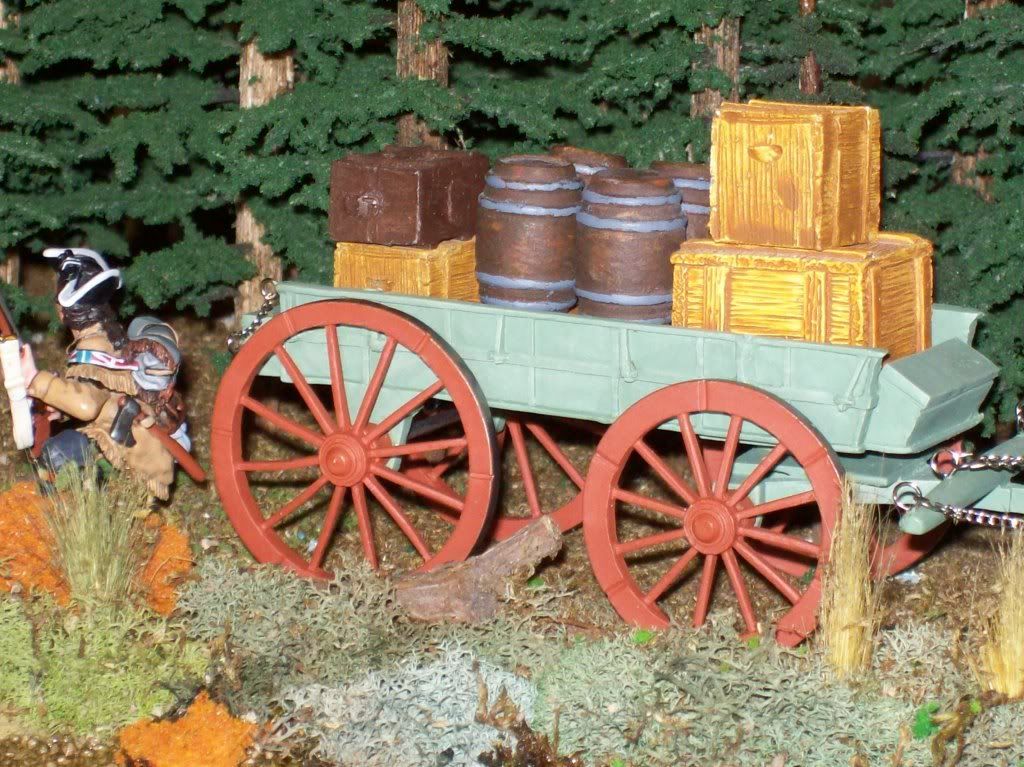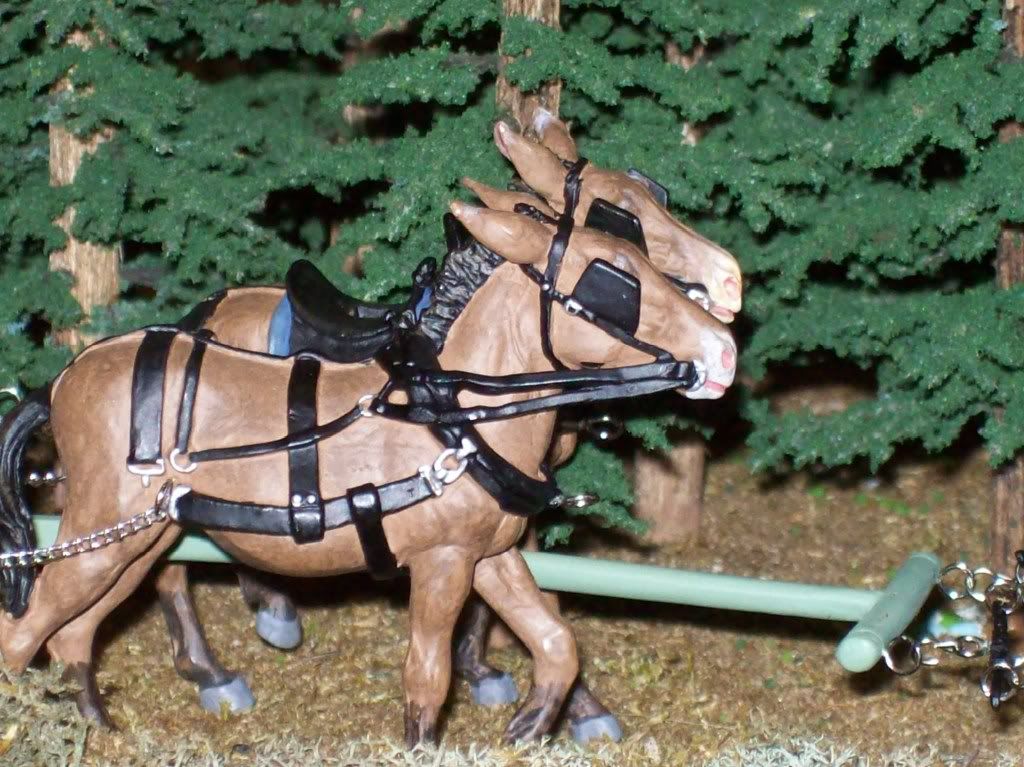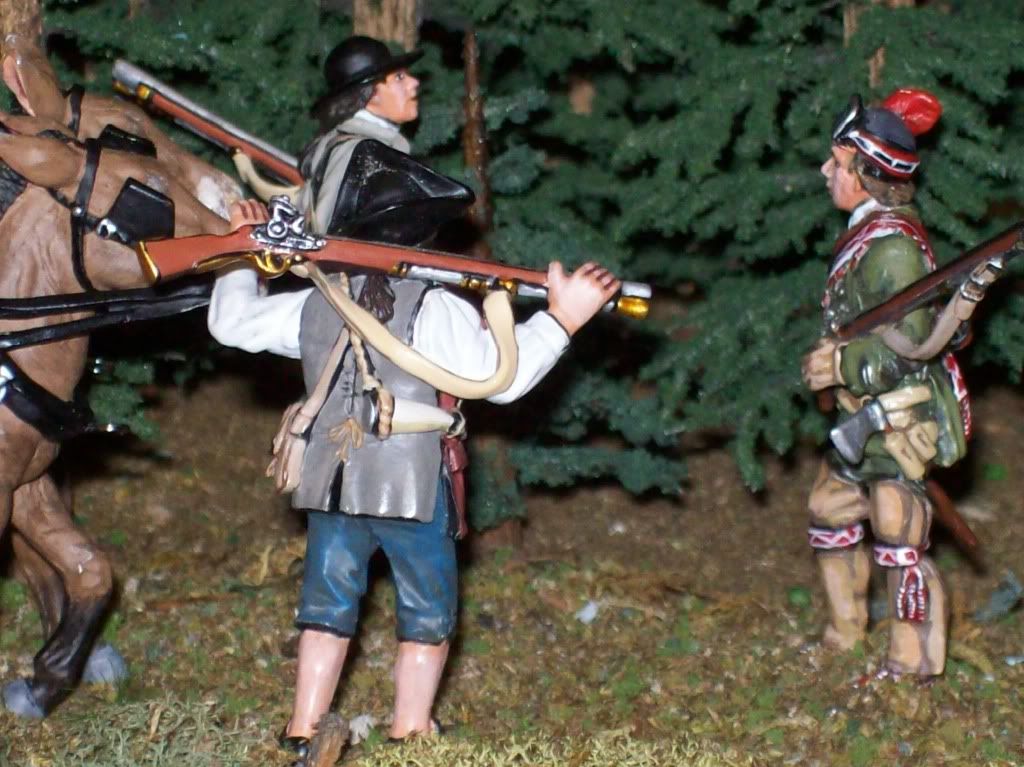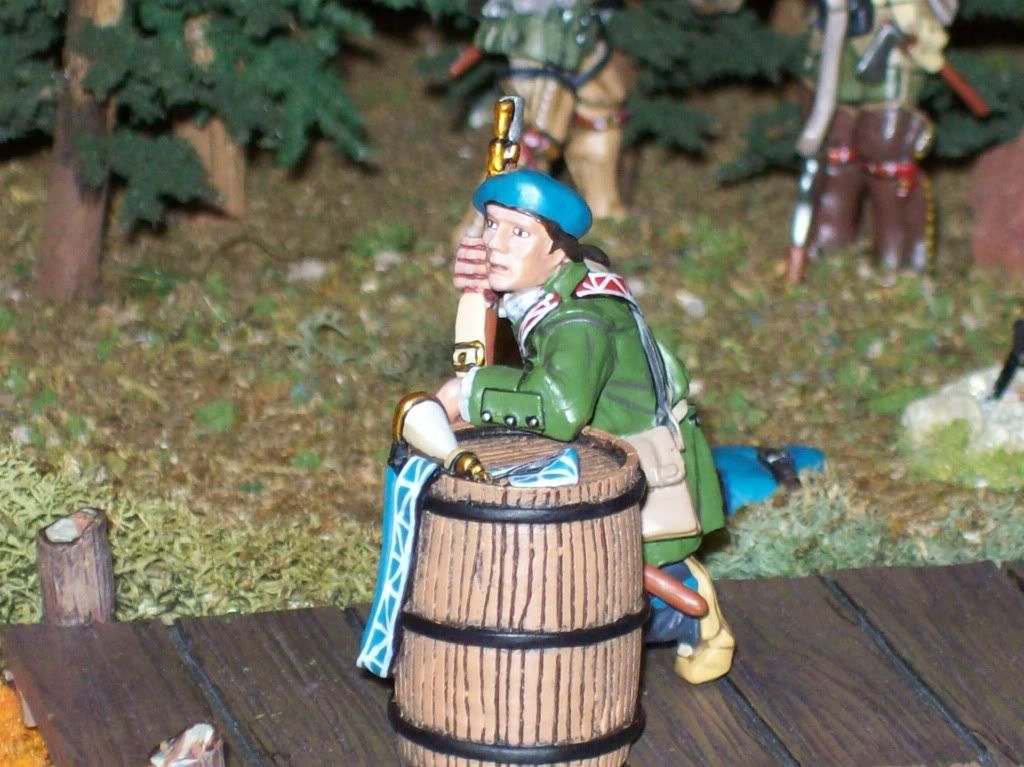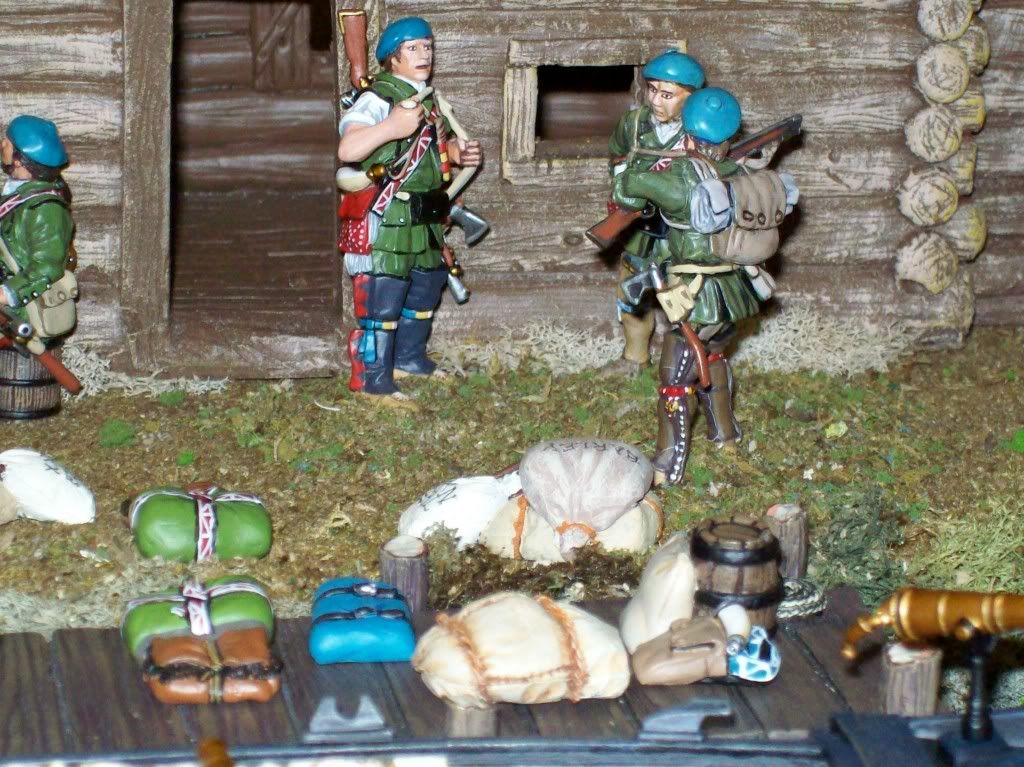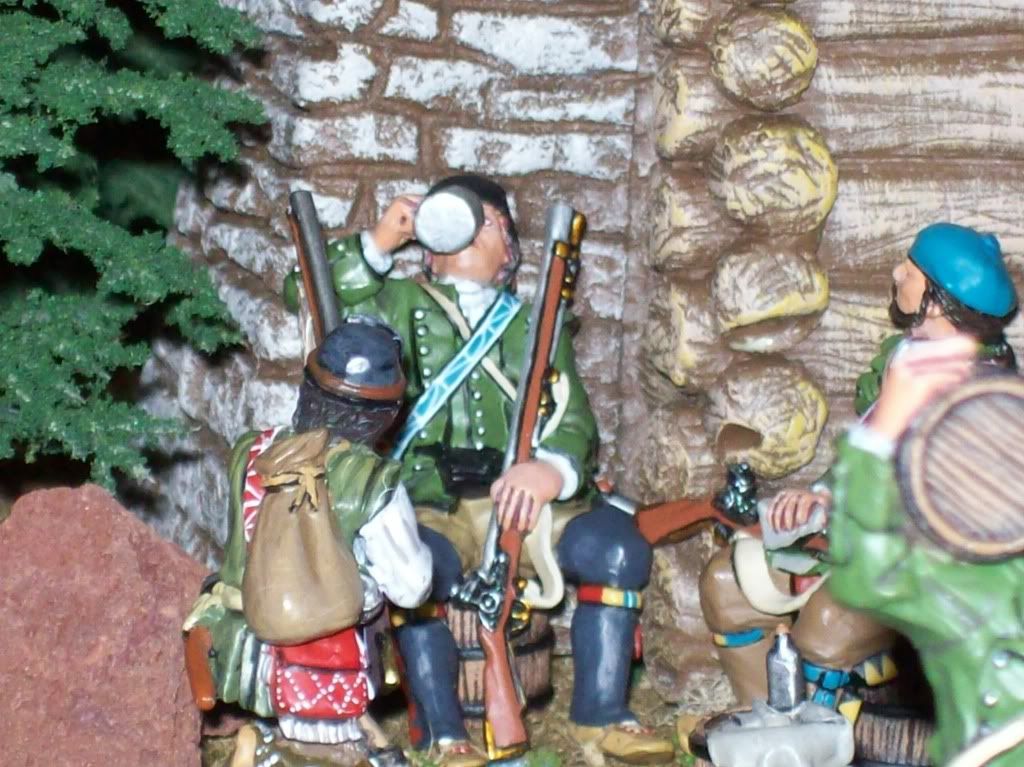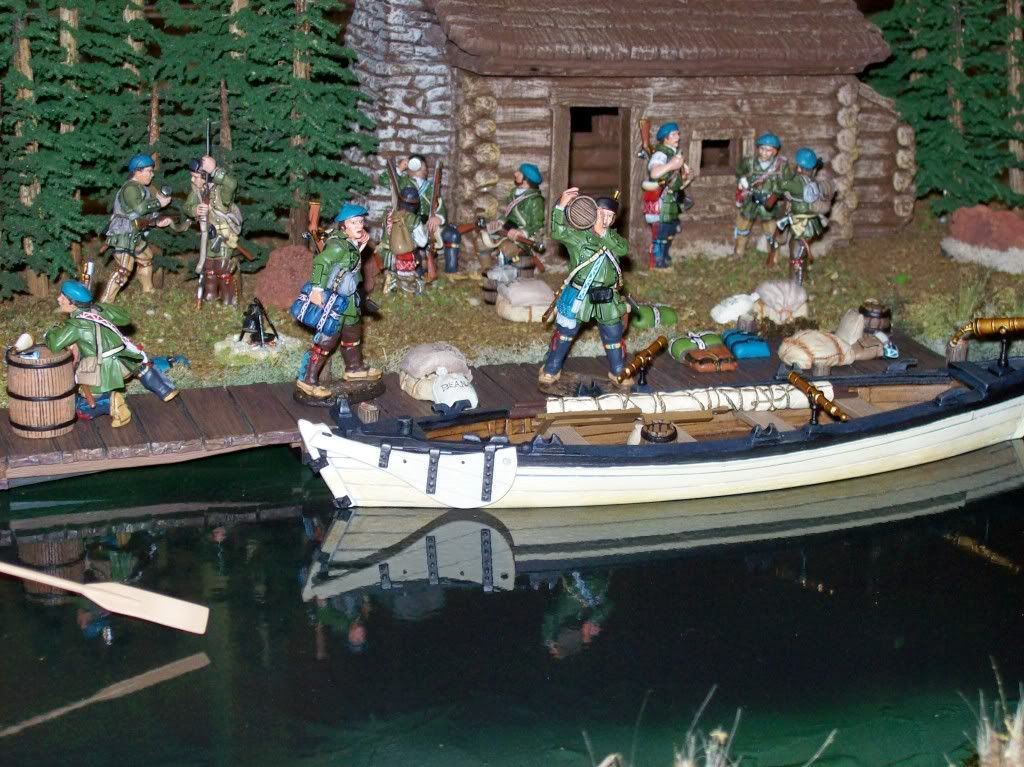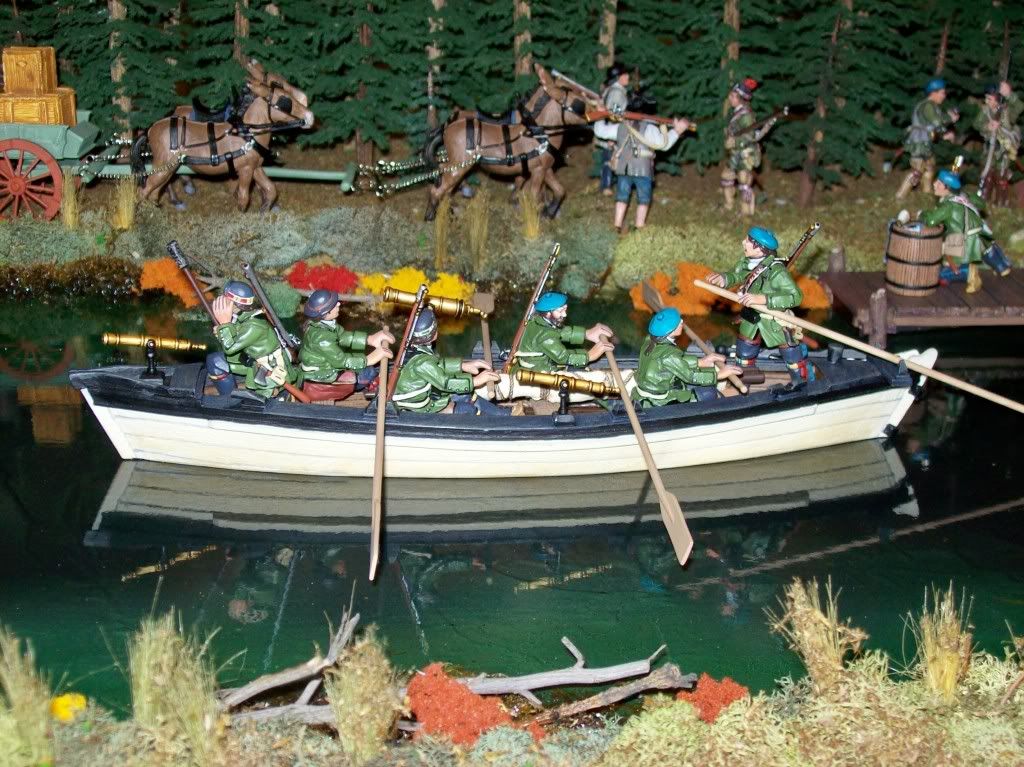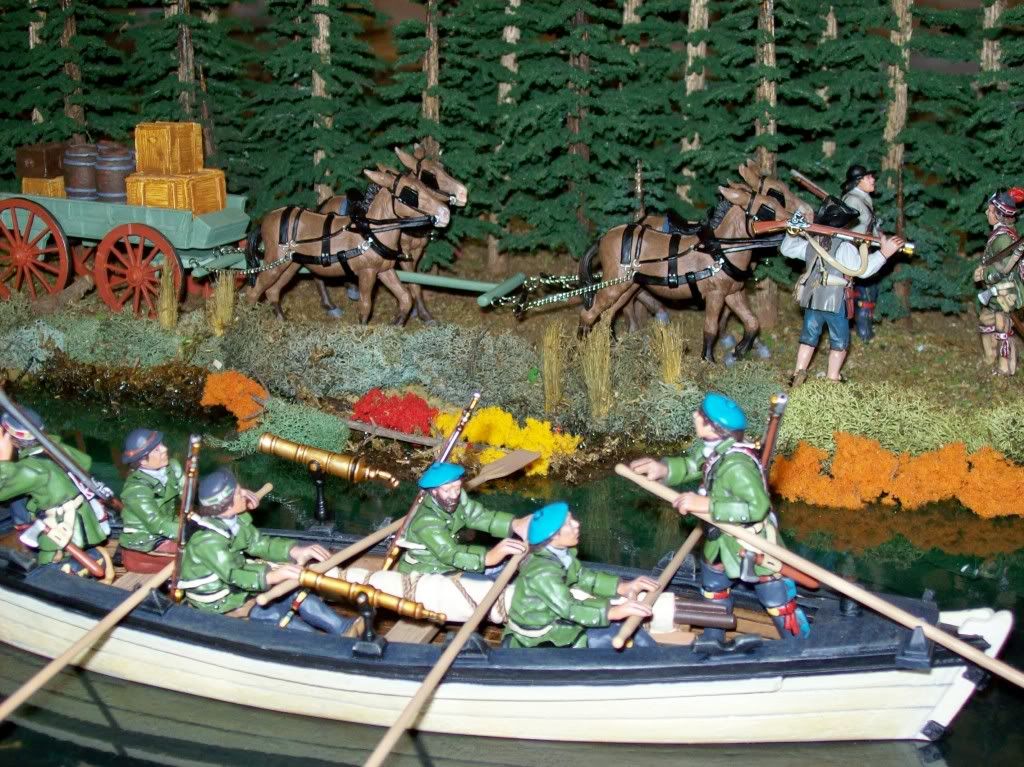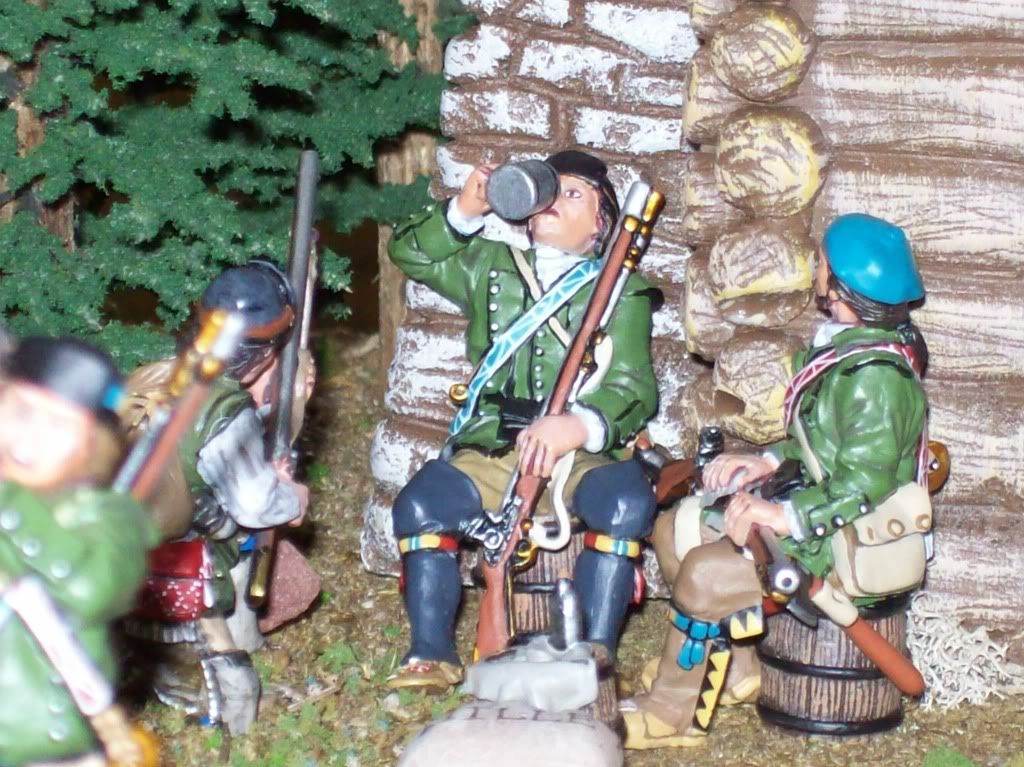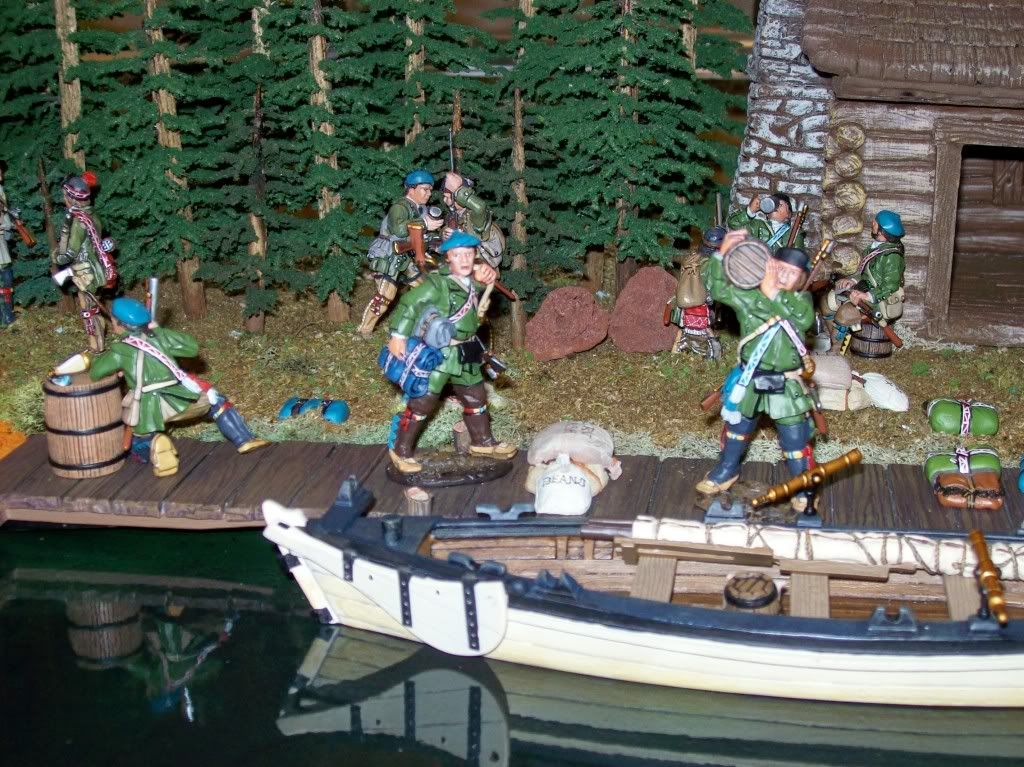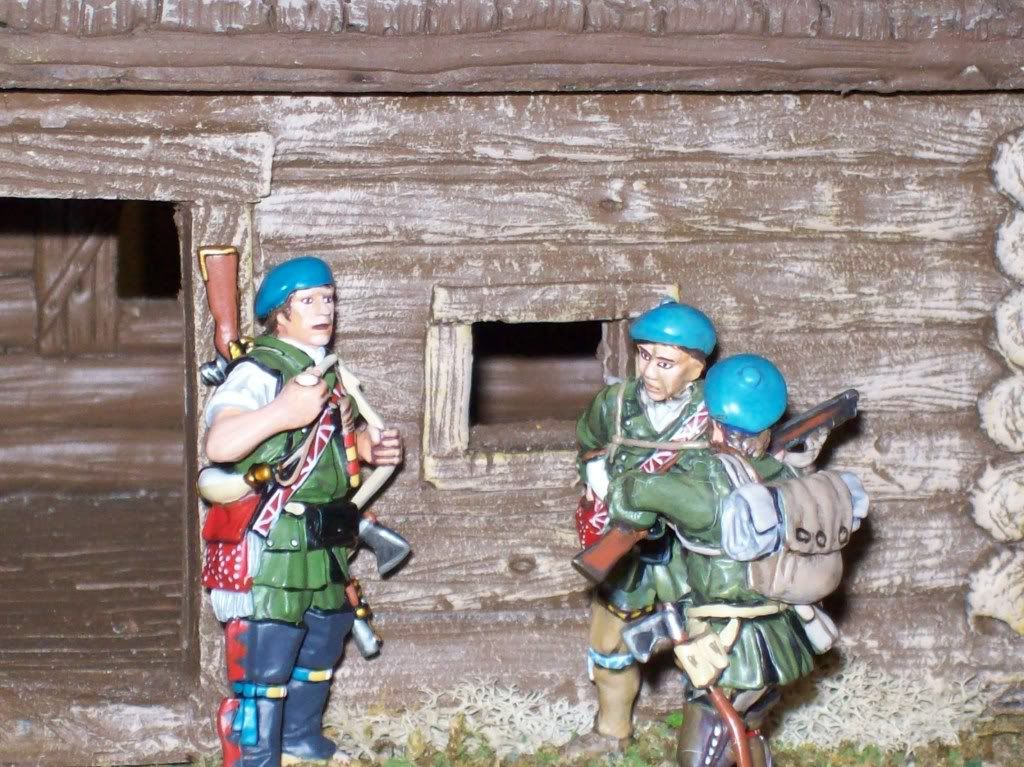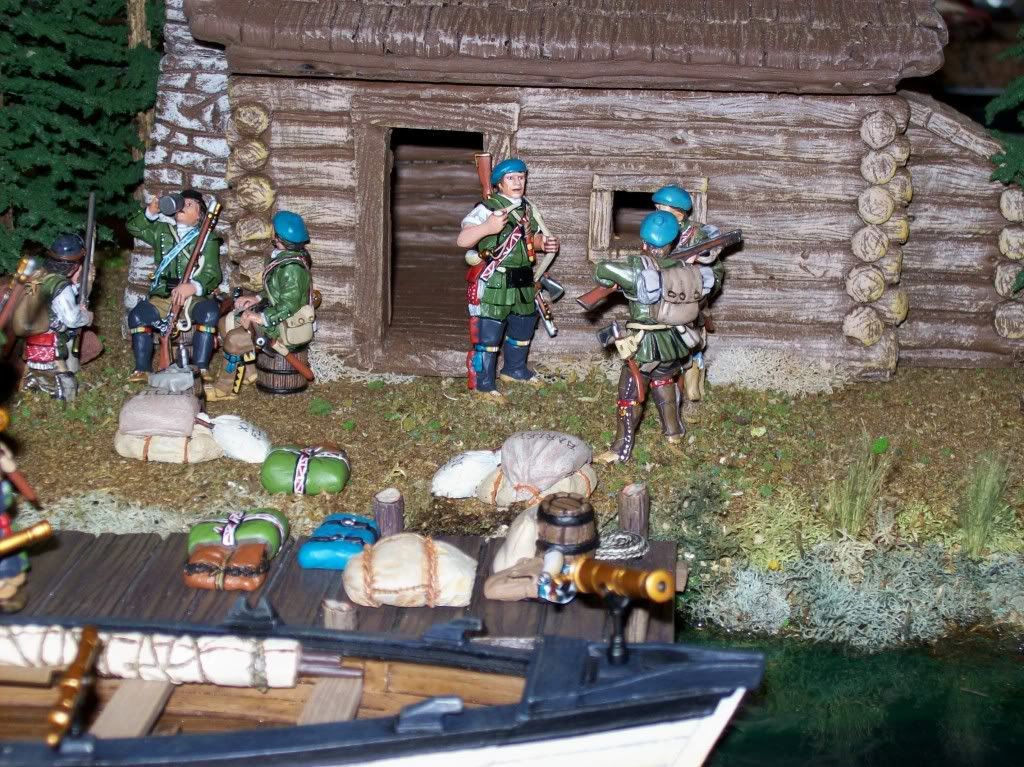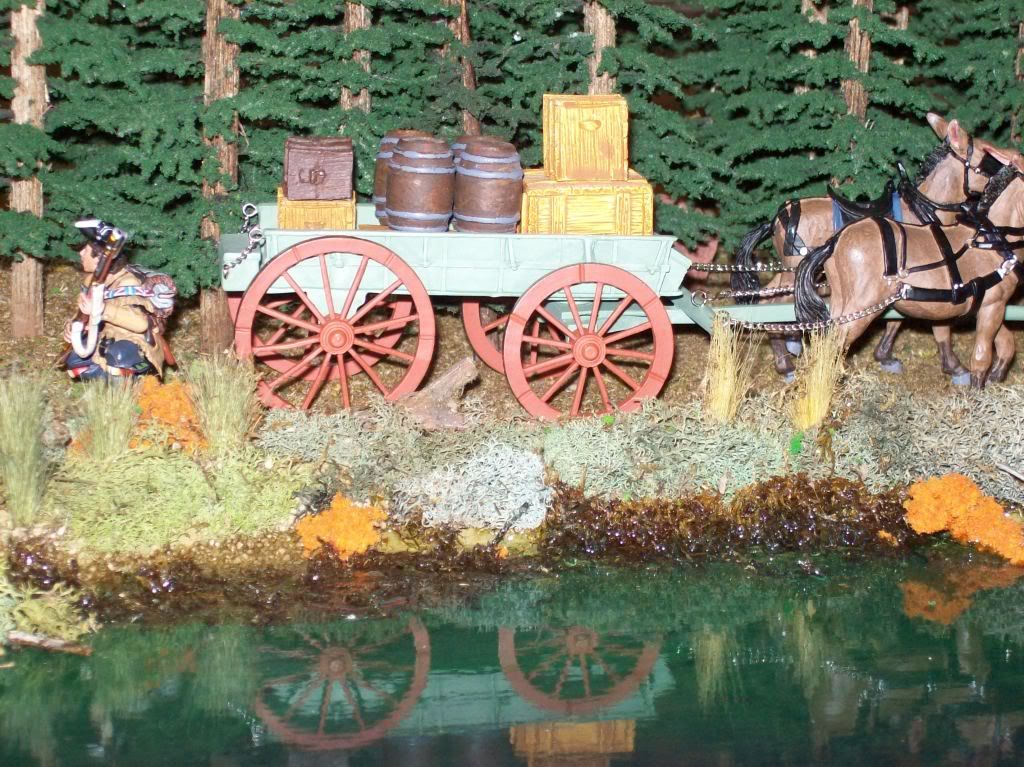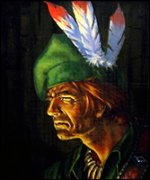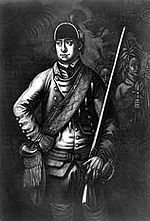mikemiller1955
Lieutenant General
- Joined
- Aug 3, 2008
- Messages
- 17,490
Major Robert Rogers......."Wobomagonda", The White Devil, as named by the Abenaki Indians............
November 7, 1731 – May 18, 1795, was an American colonial frontiersman.
Rogers served in the British army during both the French and Indian War and the American Revolution.
During the French and Indian War, Rogers raised and commanded the famous Rogers' Rangers.
This militia unit operated primarily in the Lake George and Lake Champlain regions of New York.
They frequently undertook winter raids against French towns and military emplacements, traveling on crude snowshoes and across frozen rivers.
Never fully respected by the British regulars, Rogers' Rangers were one of the few non-Indian forces able to operate in the inhospitable region due to the harsh winter conditions and mountainous terrain.
He took the initiative in mustering, equipping and commanding ranger units.
He wrote an early guide for commanding such units, titled, Robert Rogers' 28 "Rules of Ranging".
So innovative for it's time, that to this day....."Rogers' Rules of Ranging"
are still quoted on the last page of the U.S. Army's Ranger handbook.
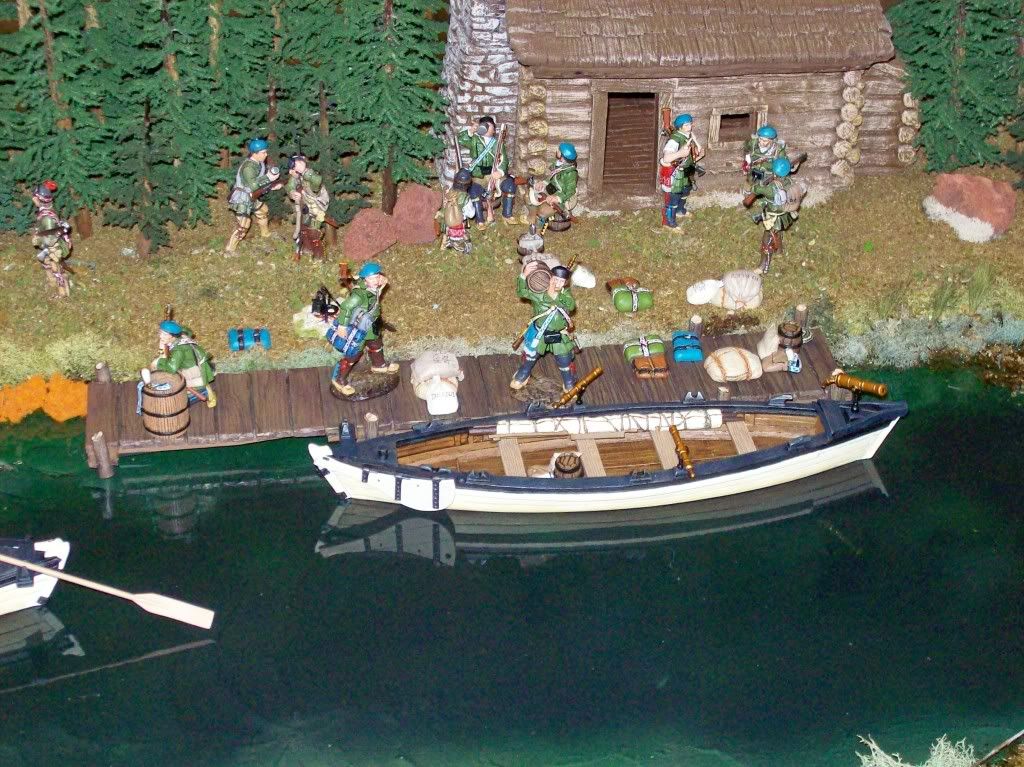
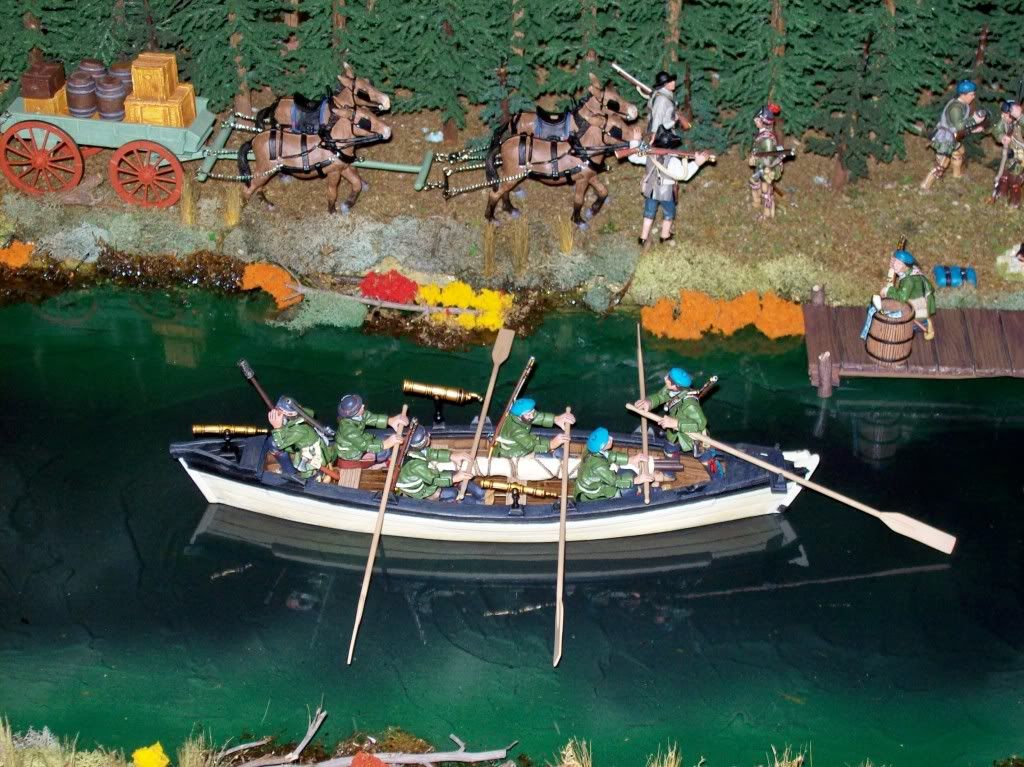
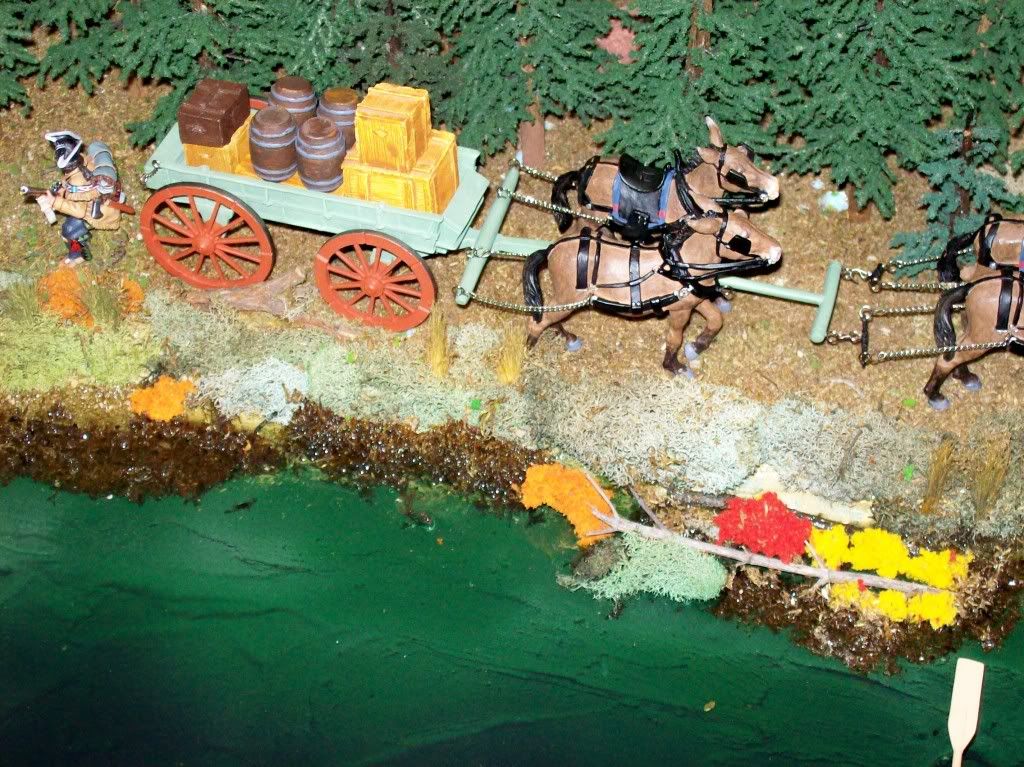

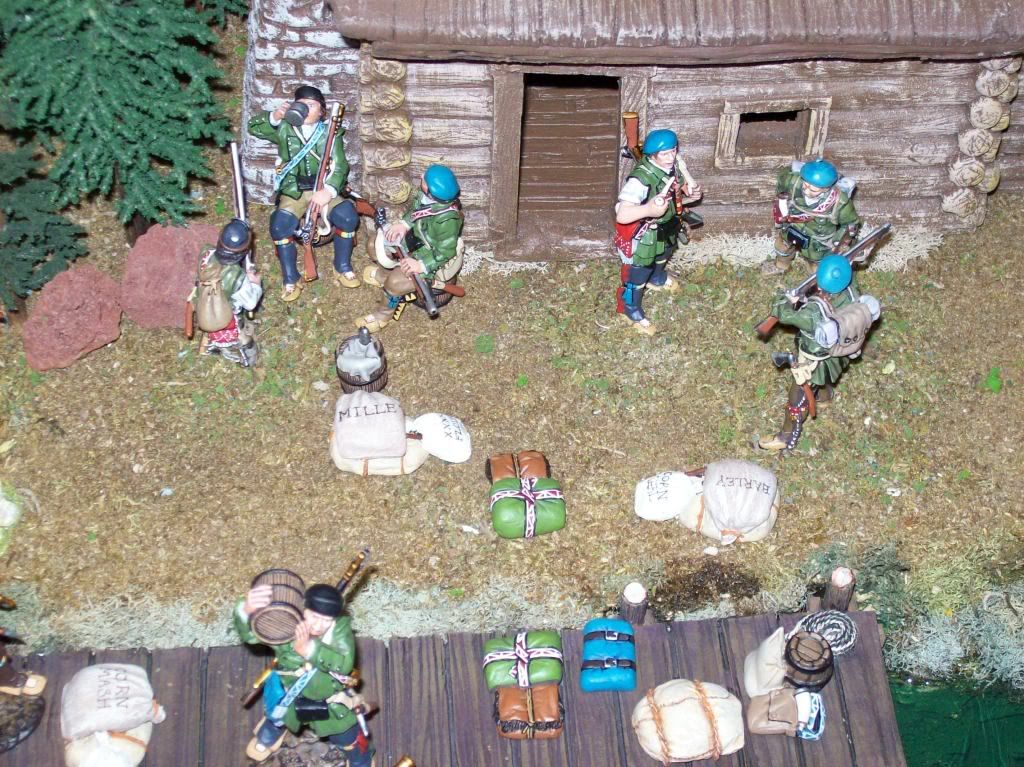

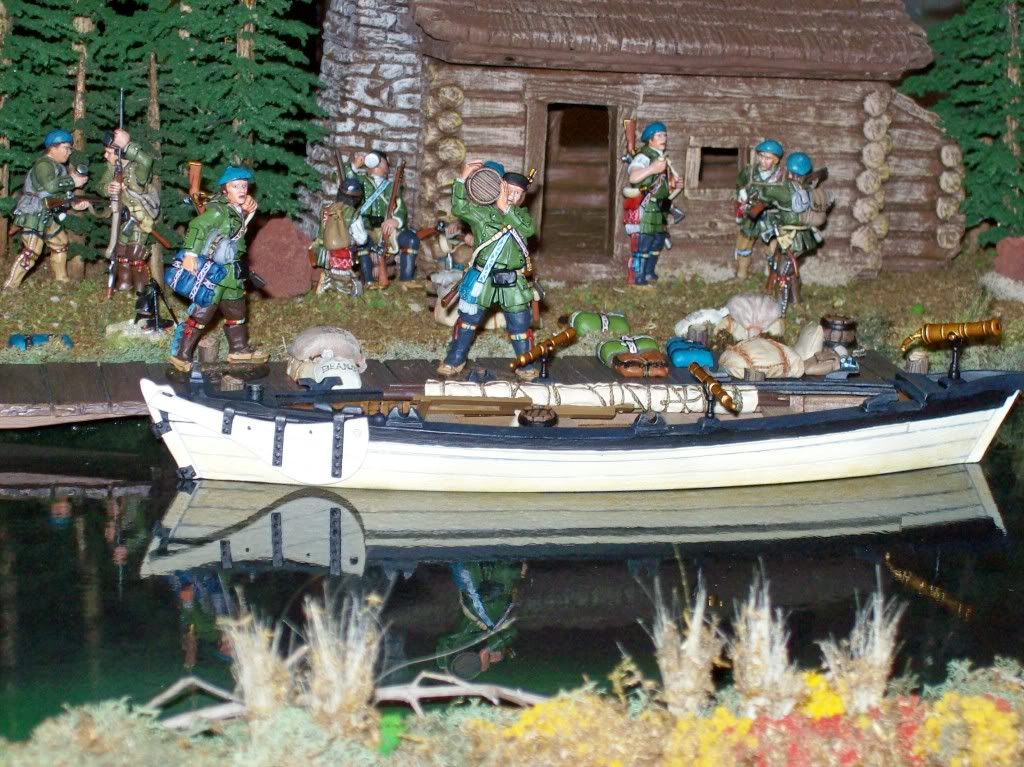
November 7, 1731 – May 18, 1795, was an American colonial frontiersman.
Rogers served in the British army during both the French and Indian War and the American Revolution.
During the French and Indian War, Rogers raised and commanded the famous Rogers' Rangers.
This militia unit operated primarily in the Lake George and Lake Champlain regions of New York.
They frequently undertook winter raids against French towns and military emplacements, traveling on crude snowshoes and across frozen rivers.
Never fully respected by the British regulars, Rogers' Rangers were one of the few non-Indian forces able to operate in the inhospitable region due to the harsh winter conditions and mountainous terrain.
He took the initiative in mustering, equipping and commanding ranger units.
He wrote an early guide for commanding such units, titled, Robert Rogers' 28 "Rules of Ranging".
So innovative for it's time, that to this day....."Rogers' Rules of Ranging"
are still quoted on the last page of the U.S. Army's Ranger handbook.









